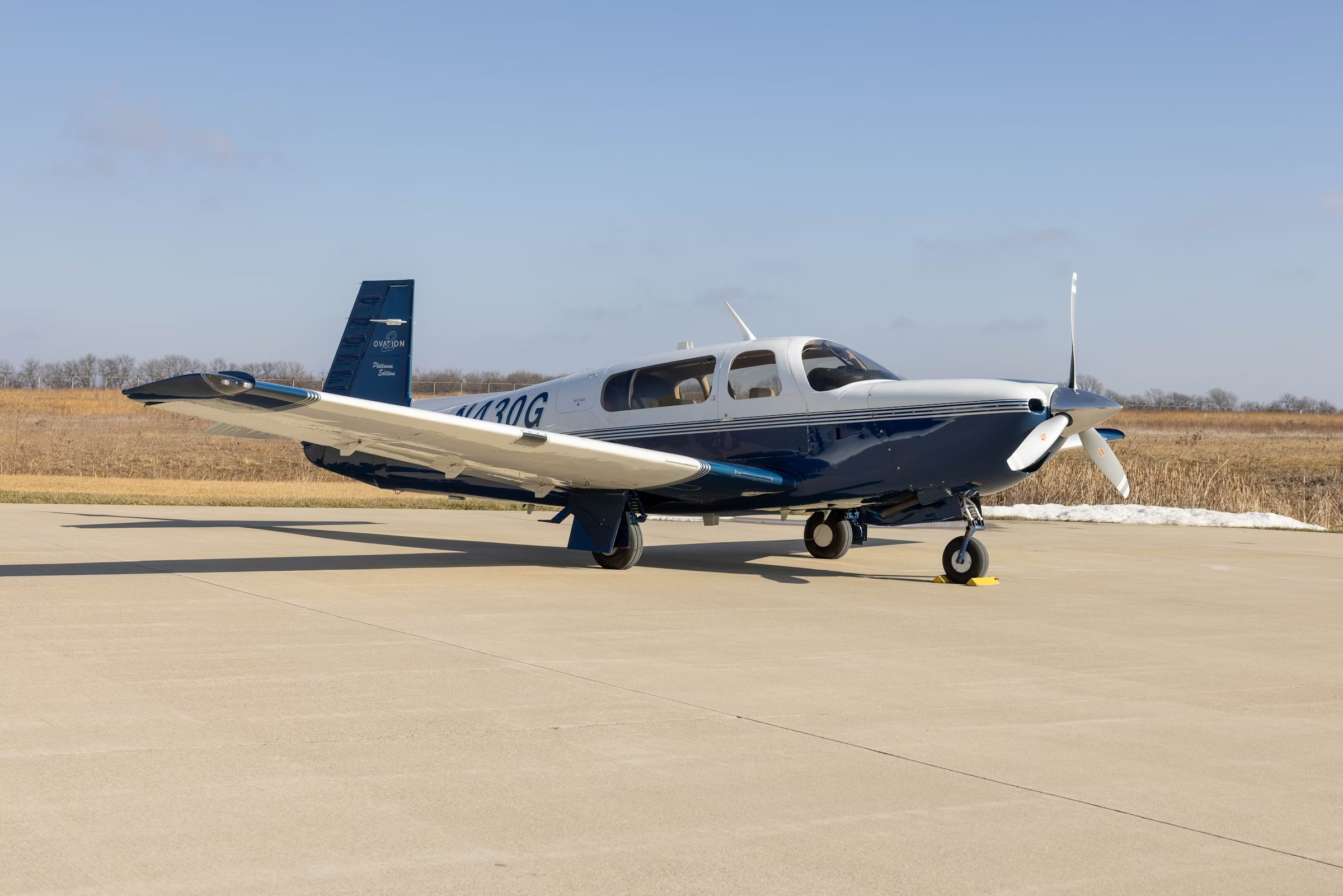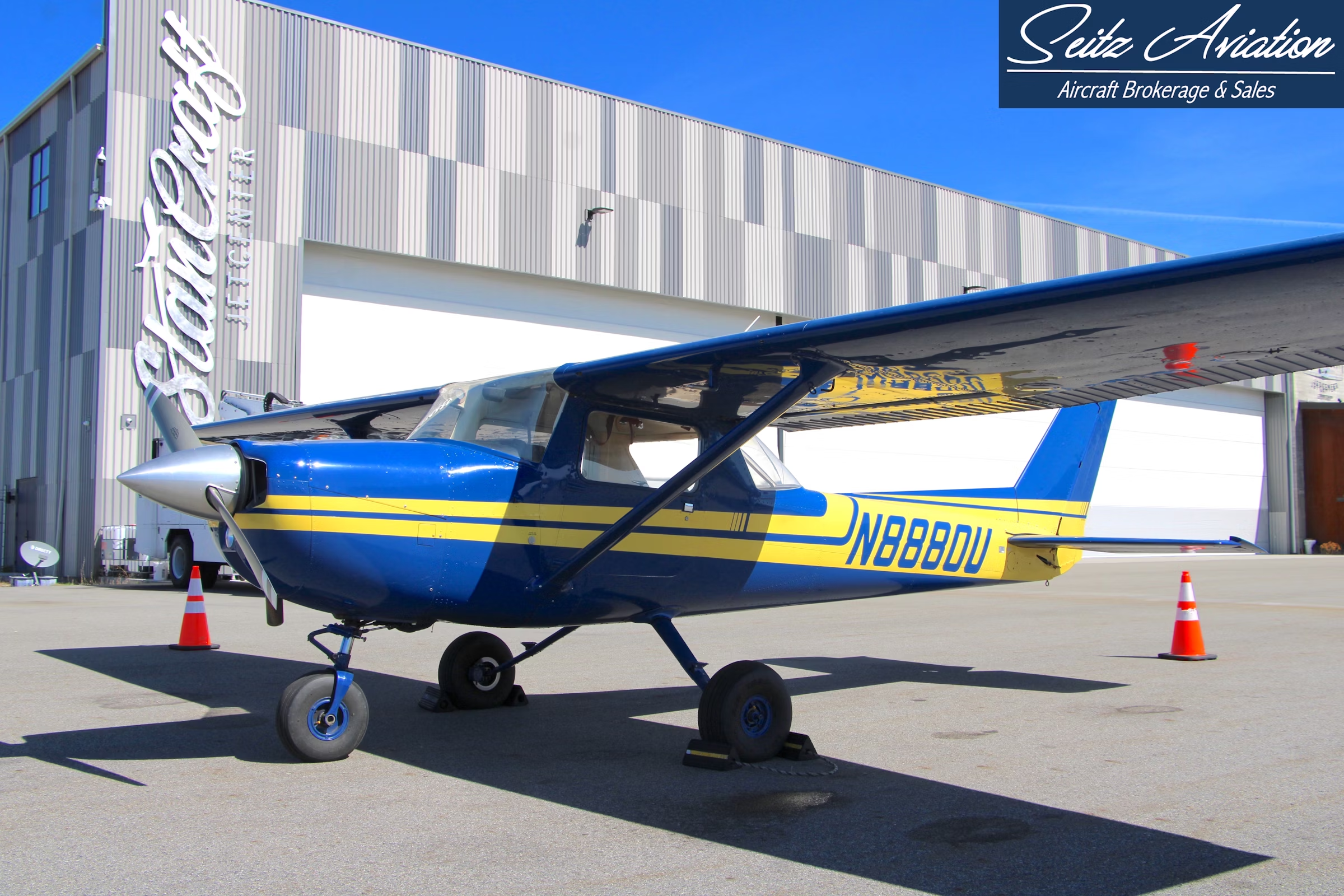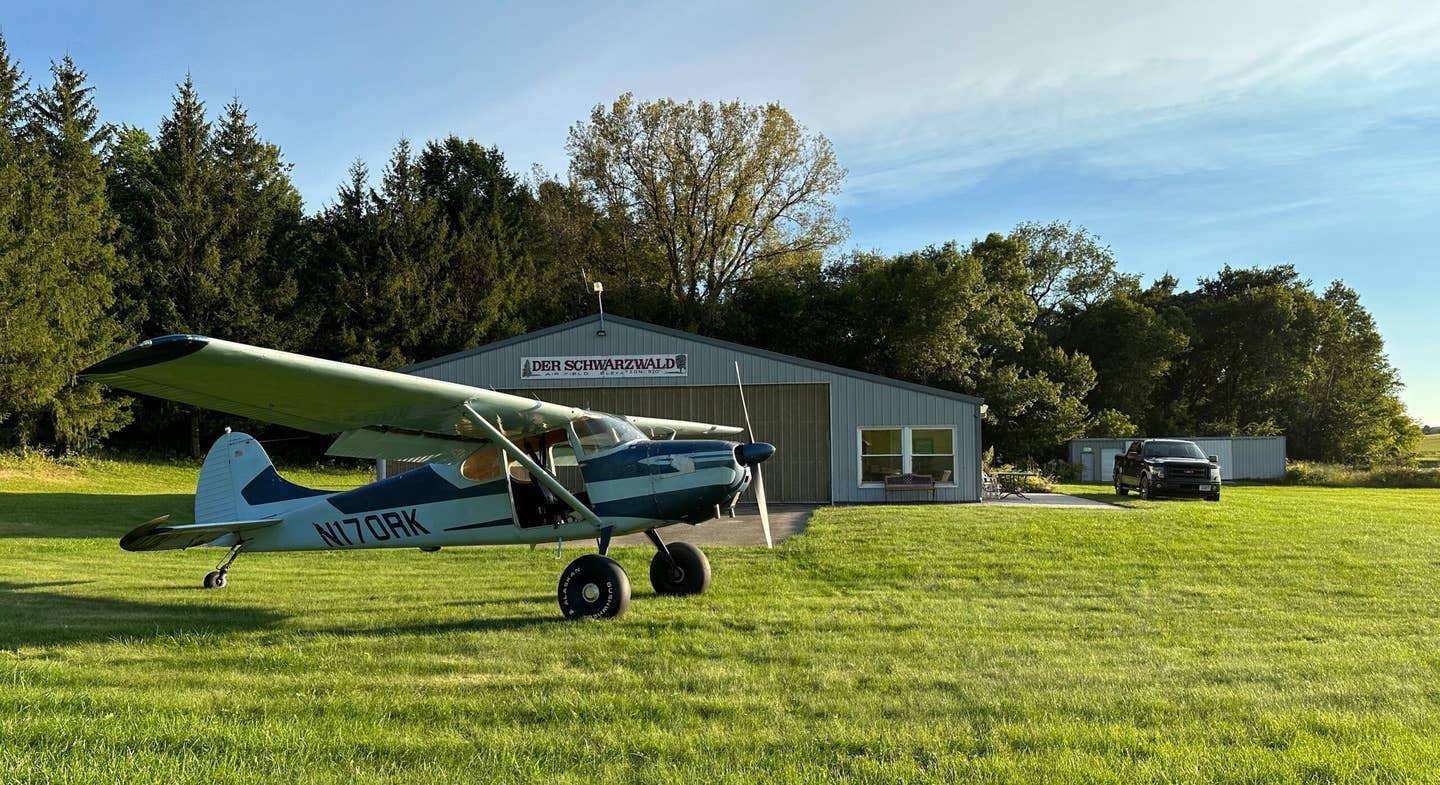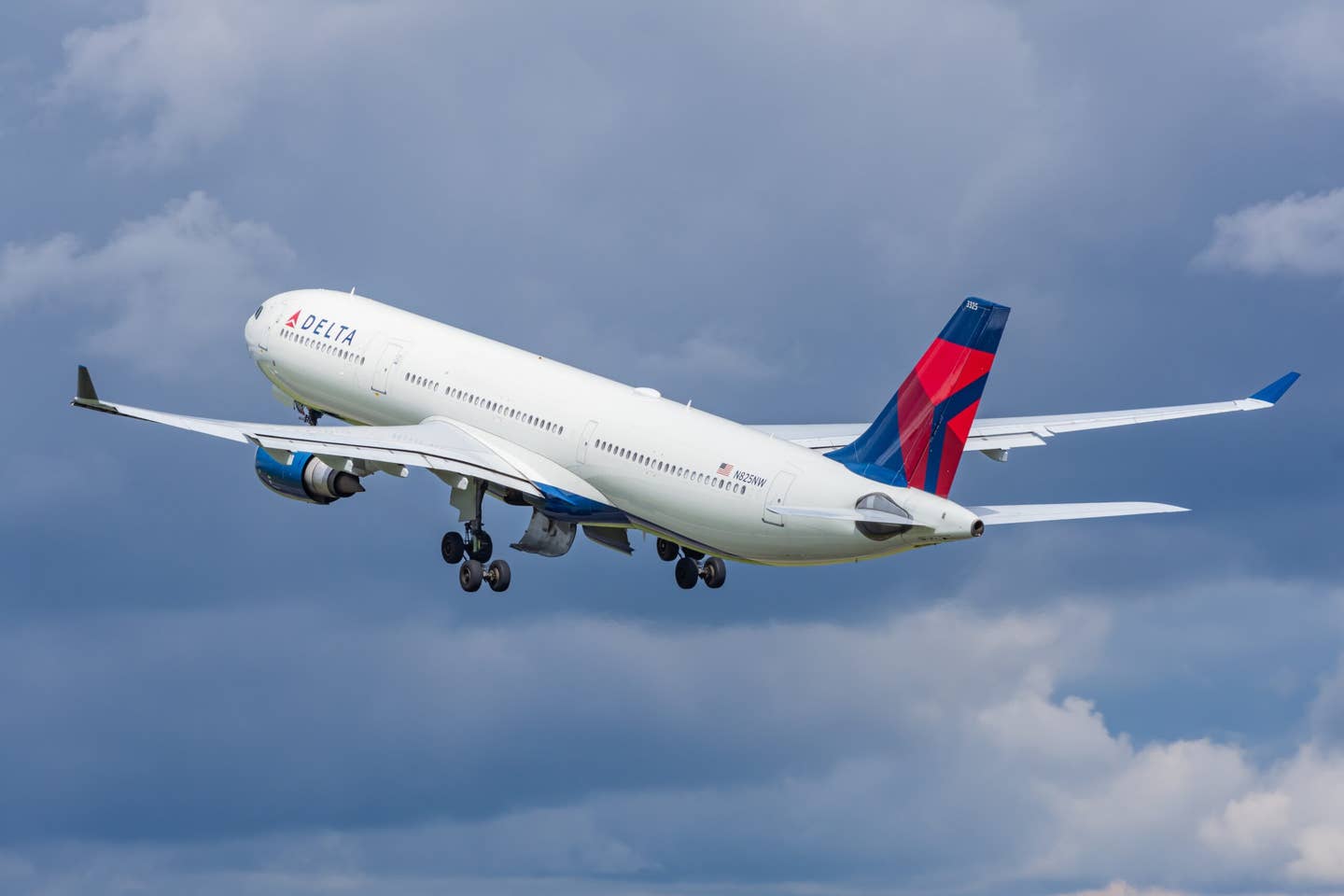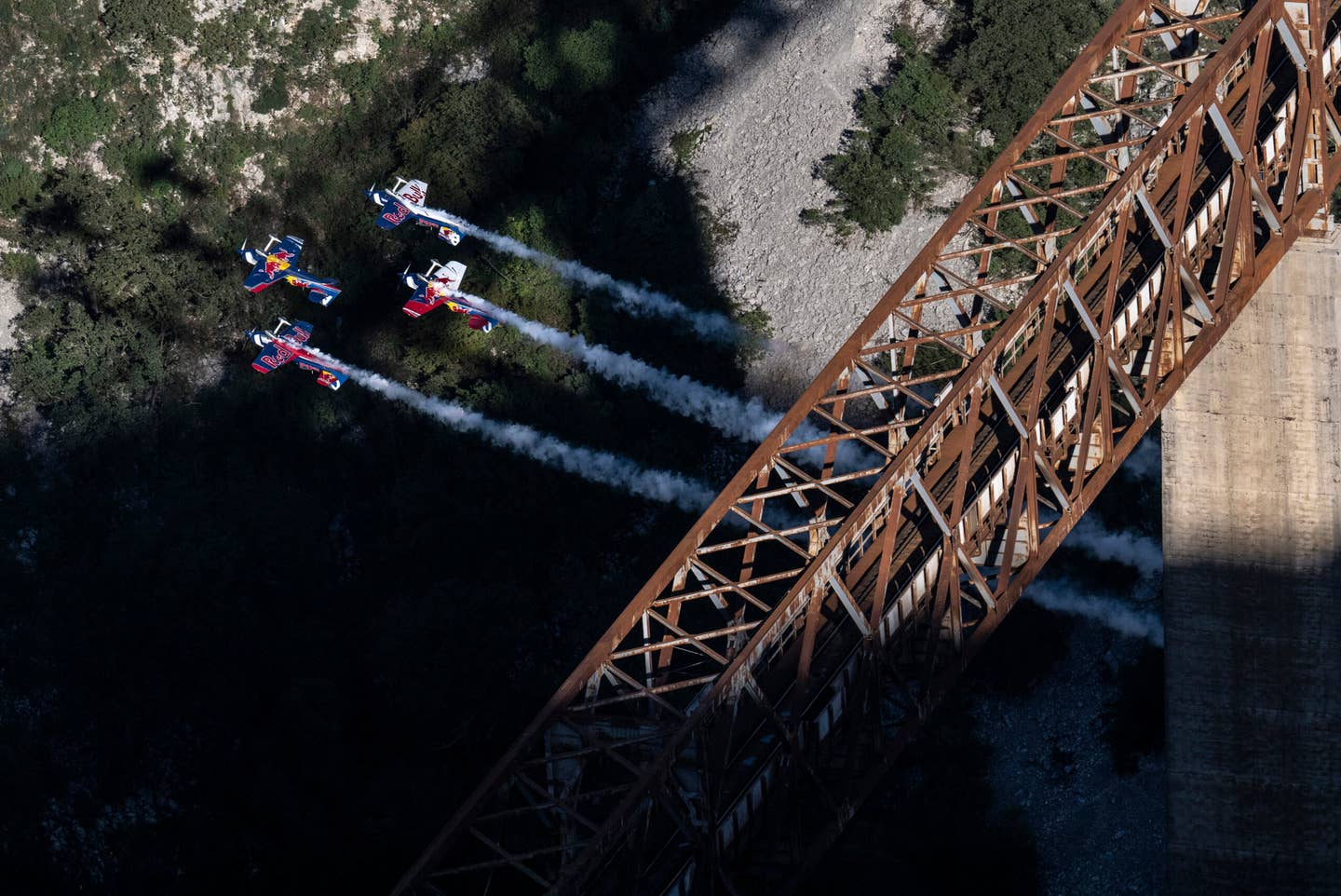Van’s Aircraft Issues RV-12 Service Bulletin Following Fatal Crash
A National Transportation Safety Board preliminary investigation into the accident found the control stick had been assembled improperly.

Van’s Aircraft RV-12 [Credit: Jim Koepnick / EAA]
Owners and operators of Van's Aircraft RV-12 or RV-12iS models are instructed to inspect the control stick assembly to verify proper installation before their next flight, the kitplane designer and builder announced.
Van's said it issued a service bulletin requiring the action Monday "out of an abundance of caution" following a fatal RV-12 crash earlier this month after it appeared that the control stick on the pilot's side disconnected while in flight due to improper assembly.
The aircraft was a homebuilt aircraft and the pilot was the builder.
The release of Service Bulletin 000102 comes as the National Transportation Safety Board (NTSB) released its preliminary findings of the June 6 accident where an RV-12 pilot lost control authority and crashed during an attempt to land at Auburn Municipal Airport (S50) south of Seattle.
According to FAA records, the aircraft received its airworthiness certificate in May 2021.
READ MORE: Van's Aircraft, 50 Years in the Making
According to the NTSB report (below), the pilot was on a VFR pleasure flight and intended to land at Auburn airport, a nontowered facility with several flight schools. The pilot overflew the airport from the east and announced over the CTAF that he intended to enter left traffic for Runway 35, which put him on the west side of the facility.
The ADS-B data indicates that in the 60 seconds after making the transmission, the airplane entered a descent from 1,500 feet to 1,250 feet. As it rolled on to the left downwind, the pilot transmitted, “Pan Pan RV412JN, I just had a control failure, I’m inbound for 35, without any controls."
Multiple pilots who were witnesses to the accident told NTSB investigators that the airplane began a descending turn to the left described as "a spin or spiral dive."
The aircraft came down in an industrial park less than a mile from the threshold of Runway 35, crashing through the roof of an occupied warehouse.
A security camera captured the final three seconds of the flight, showing the airplane in a descending left turn. The aircraft was inverted and in a 45-degree nose-down attitude as it went through the building, killing the pilot.
There was no fire, and no one in the warehouse was injured, although they were momentarily trapped as the wreckage blocked their egress into the reception area of the building. Video of the accident scene by local television stations showed wreckage and fuel spilled inside the building and fragments of the aircraft’s left wing on the roof.
According to the NTSB, the forward cabin of the aircraft sustained crush damage through to the main wing spar. The complete right and the inboard left section of the wings remained attached to the fuselage by the main spar.
READ MORE: The Evolution of Van's Aircraft
The aircraft's roll control system consisted of full-length flaperons connected to tandem control sticks through a series of pushrods, torque tubes, and a centrally mounted flaperon mixer bellcrank. Examination of the wreckage revealed that the left control stick pushrod was not connected to the inboard eye bolt bearing at the flaperon mixer bellcrank.
The preliminary investigation included reviewing the plans for the aircraft, which determined that the inboard eye bolts on the accident airplane were installed upside down, which allowed the stud end of the eye bolt to rotate within the threaded inboard section of the pushrod until the left control stick had become disconnected.
Investigators determined that the airframe had approximately 100 hours on it at the time of the accident.
The final report from the NTSB will be released at the conclusion of the investigation, which is expected to conclude in 18 to 24 months.

Sign-up for newsletters & special offers!
Get the latest FLYING stories & special offers delivered directly to your inbox

